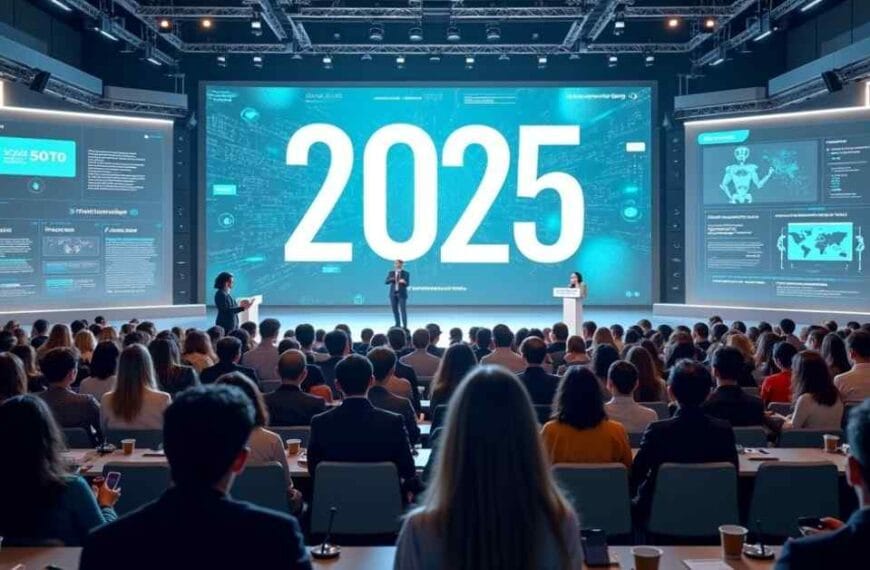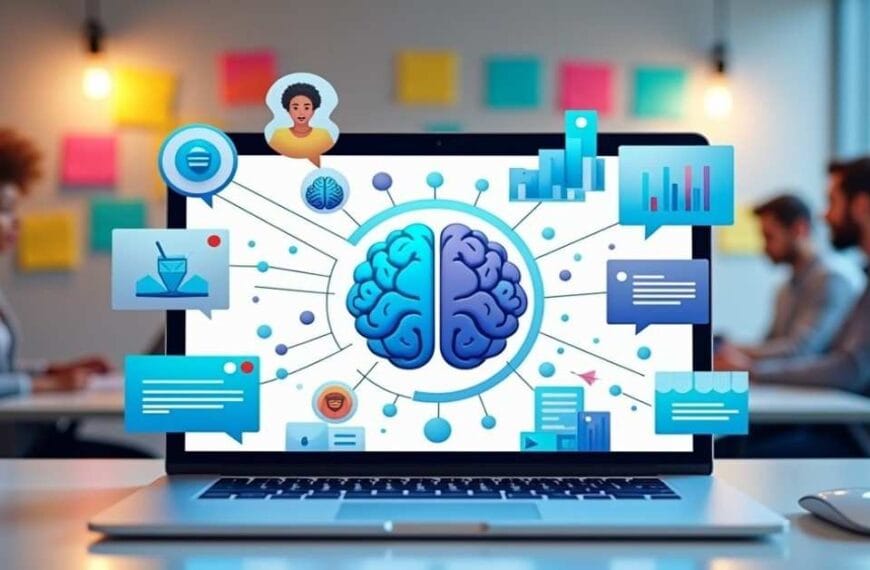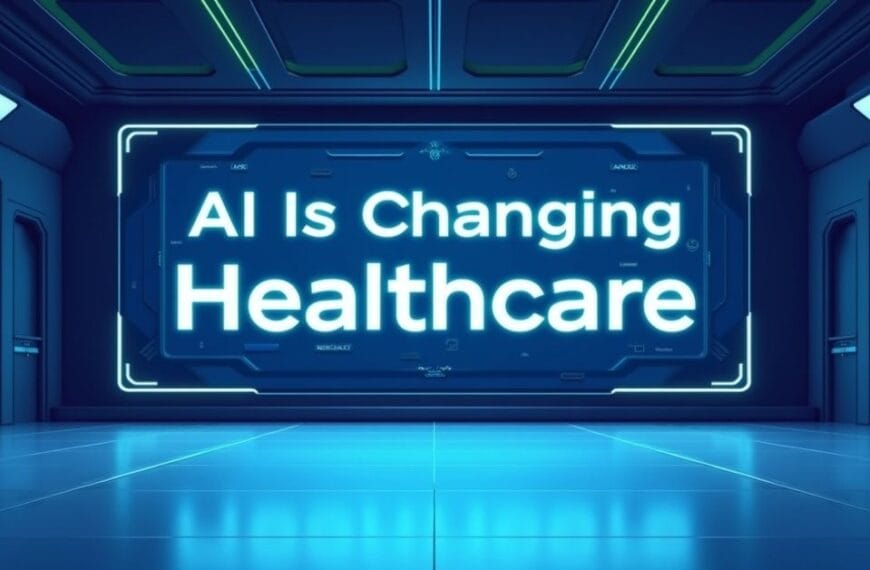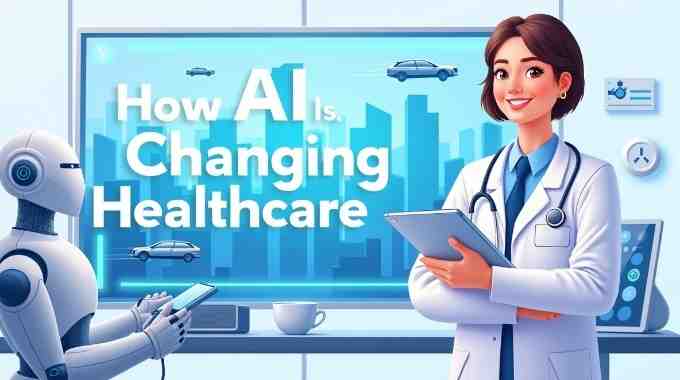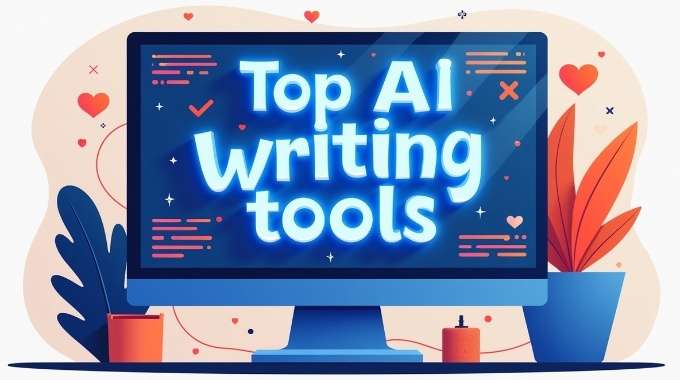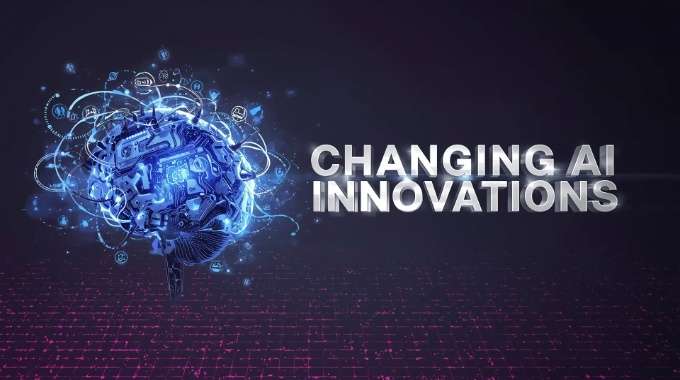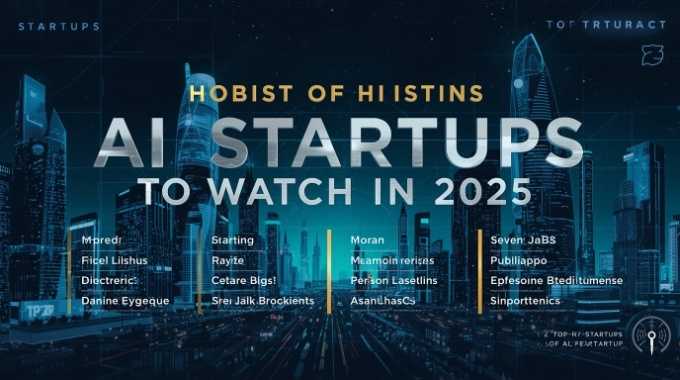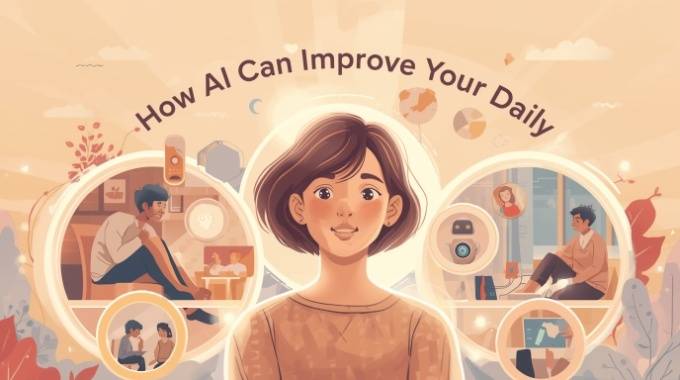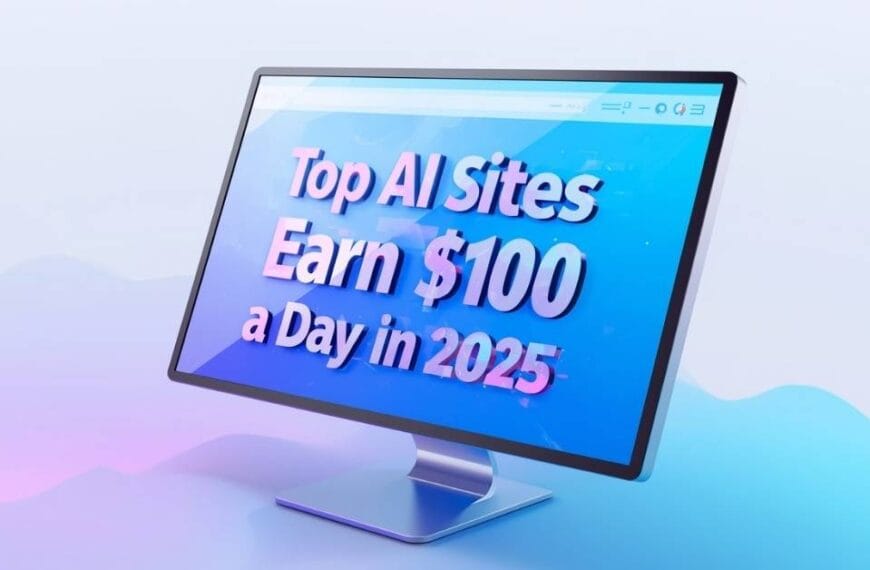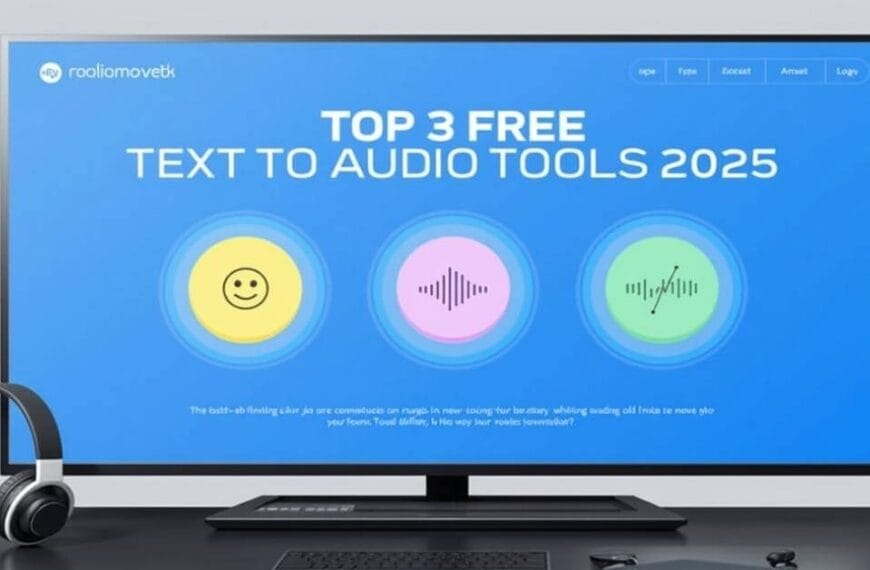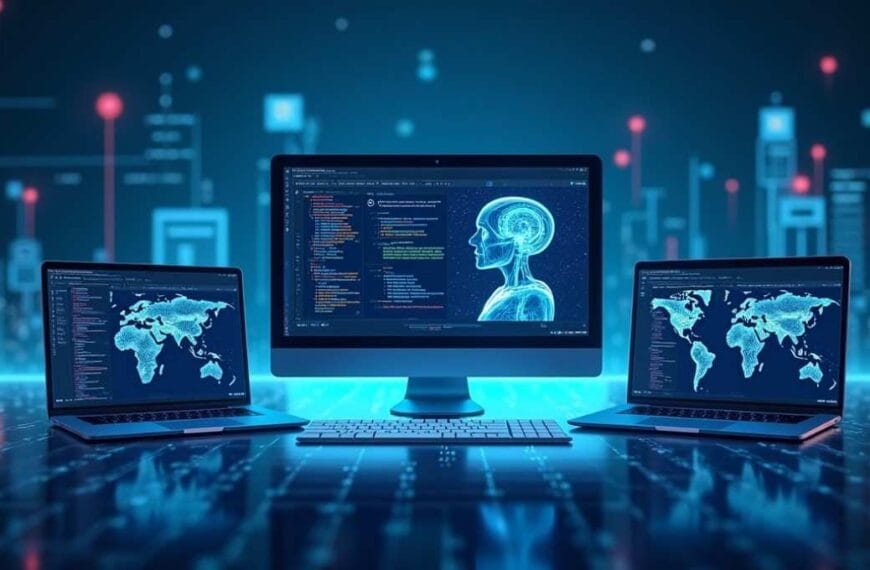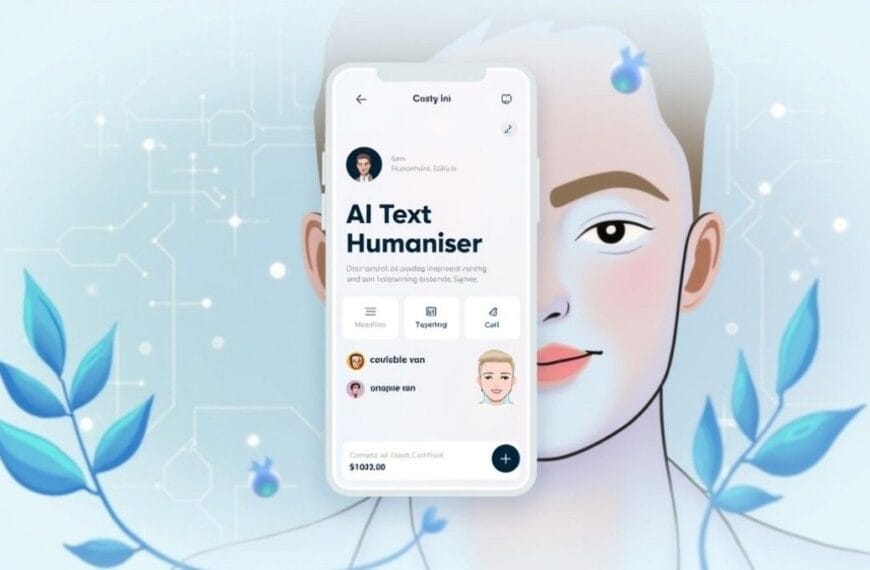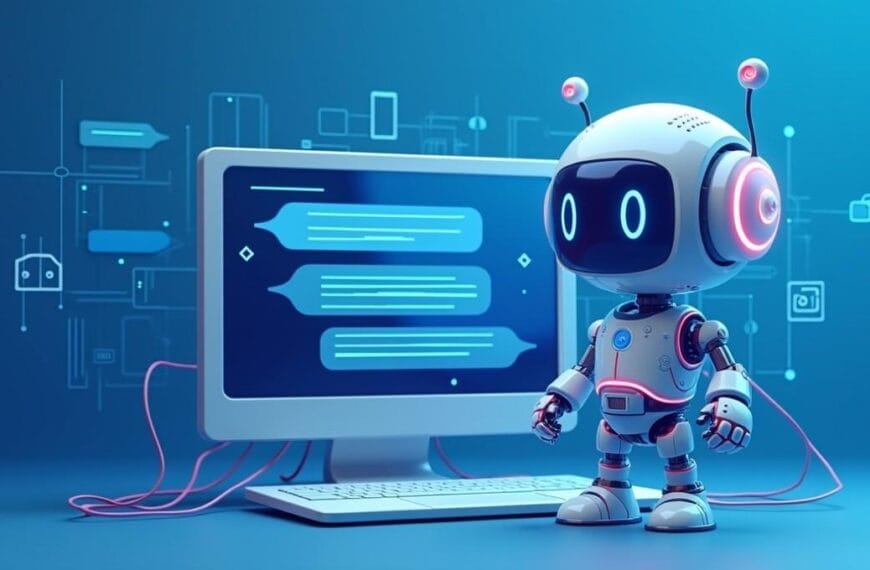Self driving cars sound like future but they are becoming part of present. AI is the brain that makes them possible. In 2025 big companies and startups are pushing the limits of what cars can do without human hands. It is no longer just about fancy tech demos on highways now it is about real world use safety trust and everyday driving. People still debate will we see full autonomy soon or will it remain in testing. Let us look at the latest updates and where things stand now.
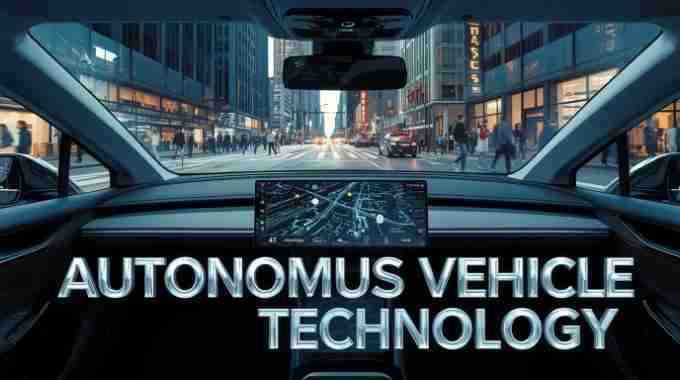
Why self driving matters
Driving is daily need for billions. Traffic jams accidents pollution stress all linked with it. If AI can handle cars better than humans we get fewer crashes smoother roads more free time. Statistics show human error causes over 90 percent of road accidents. So removing the weakest link sounds logical. Governments also push for it because safety means saving lives. At same time industries see profit. Ride hailing companies like Uber or Lyft dream of fleets without drivers. Car makers imagine premium services while you relax or work inside. That is why AI in cars is not a gimmick but serious game changer.
Levels of autonomy
Not every self driving car is equal. There are levels from 0 to 5. Right now most cars are around Level 2 or 3. That means AI can handle steering braking lane changes but driver must stay alert. True self driving full autonomy is Level 5 where car handles everything no steering wheel required. Tesla Autopilot Waymo Cruise all try to climb this ladder. In 2025 we still do not see mainstream Level 5 but progress continues. Some cities allow robo taxis with limited routes. It feels like baby steps but important ones.
Tesla updates
Tesla always in news. Elon Musk promised robotaxis many times still not fully here. But Tesla keeps improving FSD beta. Cars now handle complex intersections better can recognize pedestrians and cyclists more accurately. AI training uses millions of miles of driving data. Still critics say system is not reliable in every condition. Heavy rain snow construction zones confuse it. Regulators are cautious. But Tesla customers keep testing and feeding data. The company believes with enough data FSD will leap ahead.
Waymo and Cruise
Alphabet’s Waymo is seen as leader in safety first approach. They already run driverless taxis in Phoenix and San Francisco. Passengers can book rides no human driver inside. Reports say rides are smooth but limited to certain areas with mapped conditions. Cruise by GM also runs robo taxis though faced accidents leading to suspension in some states. These incidents show how hard it is. AI may handle 99 percent but that 1 percent rare case can ruin trust. Still progress is visible.
AI technology behind the wheel
What makes cars smart is combination of sensors and AI. Lidar cameras radar GPS feed data. Then neural networks analyze it in real time. The car must identify road signs lanes people animals other vehicles and predict their moves. It is like playing chess but at 100 km per hour. AI must guess if pedestrian will cross or not if cyclist will swerve if another driver is distracted. These split second decisions mean life or death. That is why training AI is so tough. It needs endless scenarios. Companies now use simulation to train millions of virtual miles before hitting real road.
New breakthroughs in 2025
This year one big update is better edge AI chips. Cars process data faster without relying too much on cloud. That means decisions are instant not delayed by network lag. Another breakthrough is AI models that learn not just from car sensors but also from city infrastructure. Traffic lights cameras road sensors feed into system making whole city smarter. Some governments partner with car makers to create digital twins of cities where AI can test driving in virtual world.
Safety and regulations
Regulation is slow but catching up. US Europe China all set new rules for testing and deployment. Insurance companies also build new models. If AI drives who is responsible in crash manufacturer passenger or software provider. This is still gray area. In 2025 some regions allow limited commercial robo taxi service while others demand human backup. Trust is fragile. Each accident sparks headlines even if human drivers cause thousands daily. But scrutiny is needed because mistakes with AI cars can affect adoption for years.
How people react
Public opinion is mixed. Some excited to nap while car drives. Others fear losing control. Surveys show young people more open to self driving older ones more skeptical. Trust grows when people ride once and see car handles itself smoothly. But news of accidents pulls it back. Social acceptance may take as long as technical development.
Impact on jobs
Another debate is jobs. Millions of drivers taxi truck delivery worry about future. AI cars can change whole economy. Some experts say jobs will shift not vanish. More roles in AI monitoring fleet management maintenance software updates. But transition will be painful for many. Governments may need retraining programs. This side of story is often ignored in tech hype.
AI trucks and logistics
Beyond passenger cars self driving trucks gain traction. Companies like Aurora TuSimple work on freight transport. Highways are easier environment long straight roads fewer pedestrians. AI trucks could cut costs and run 24×7. This means cheaper goods faster delivery. In 2025 pilot programs already moving cargo in some states. This could be first large scale success before city cars.
The challenges
Even with progress hurdles remain. Bad weather sensor blind spots hacking risks ethical questions. What should AI do in unavoidable crash who to protect first. These are not just technical but moral debates. Also infrastructure matters. Self driving works better with smart roads clear markings good connectivity. Many countries lack this. So adoption will differ region to region.
The future vision
Imagine 2030 cities with fleets of shared AI taxis fewer private cars less traffic jams. Cars talk to each other avoid collisions optimize routes. Parking lots shrink becaus cars keep moving instead of waiting. Air pollution drops because most AI fleet go electric. Roads become safer as human errors vanish. This is vision but how fast it comes depends on solving today’s problems.
Final thoughts
AI in self driving cars is not science fiction anymore but not full reality either. 2025 shows progress but also limits. Companies push forward regulators pull back public watches carefully. The latest updates prove AI can drive better in many cases but not in all. We may not yet throw away steering wheel but step by step cars are taking over more control. Future is not about whether self driving will happen but when and how safe. The road ahead is long but direction is clear.
